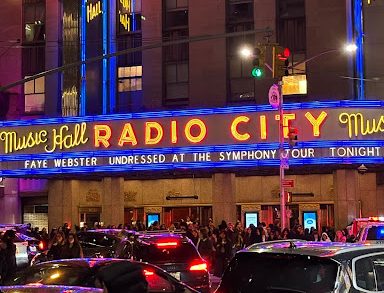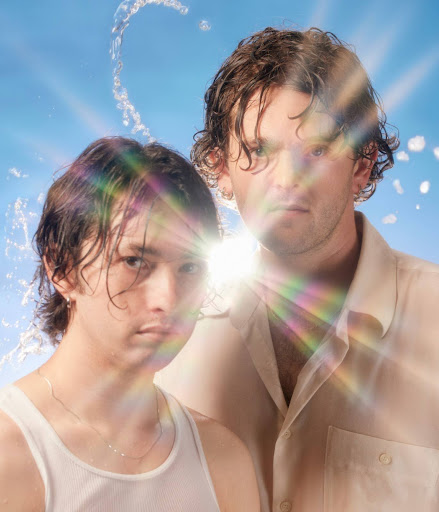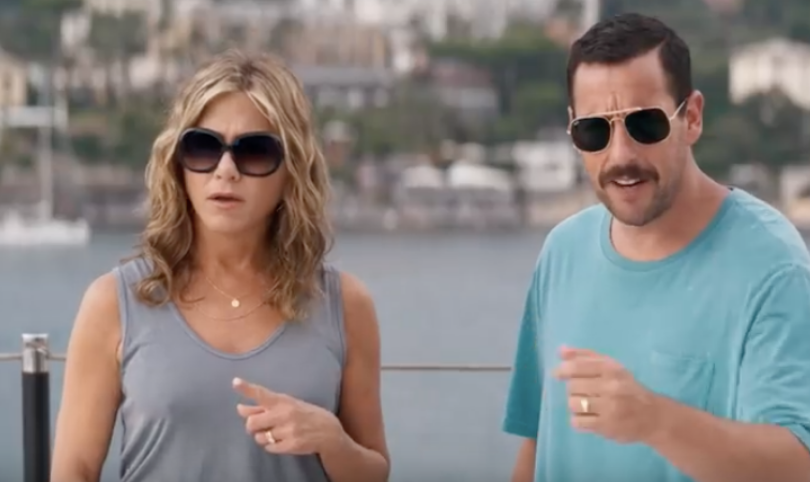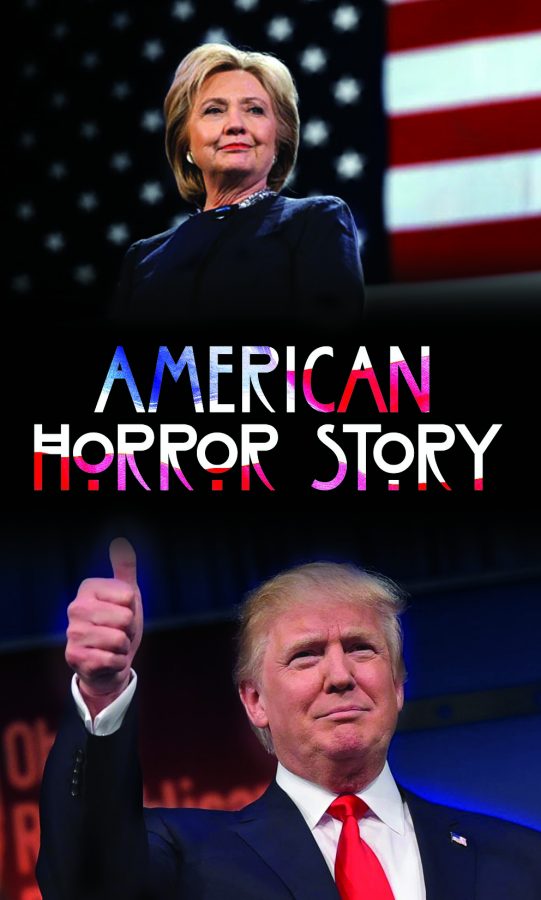Prior to the production of “Moana,” it was rare for me as a young person of Polynesian descent to be able to find any movies that featured my culture, and even rarer to find one that handles it with as much respect. “Moana” takes the tried and true Disney “princess” model and still manages to make it fresh and engaging.
Moana (newcomer Auli’i Cravalho) is the Chief’s daughter – not a princess, she emphasizes – on an island called Motunui. From a young age she is conflicted by her responsibilities to her community and her desire to explore and sail the ocean she is named after. When a mysterious plague falls upon Motunui’s food supply, drying crops and driving away fish, Moana is tasked with tracking down the tattooed demigod Maui (Dwayne Johnson) and reversing the problems he caused generations before to save her home.
Almost every character in “Moana” is multi-faceted. Moana herself is able to overcome her insecurities and doubts without the help of a romantic plotline, and is never a damsel in distress to be saved by Maui. Maui is also more than the boasting, confident front he puts out from his first appearance. The appearance of the characters is also a welcome diversion from some Disney movies, like Frozen, which was criticized for having waiflike main characters that looked nearly identical. The body types of the characters in “Moana” authentically resemble people that I know or have met.
“Moana” has every element that viewers come to expect from Disney animated films. The plotline is filled with adventure, the animation is beautiful and the soundtrack from Lin-Manuel Miranda of “Hamilton” fame is catchy enough that you’ll still be singing “We Know the Way” on the subway ride home. The amount of detail the animation is able to portray with every shot is astounding – seeing this film on a big screen, a viewer can even see the slight texture of characters’ tattoos on their skin. The heartwarming moments are genuine, and paced well with comic relief so the viewer never dwells on negativity. At times the comic relief can feel banal, but there were few times that my screening, full of adults, did not laugh with genuine enthusiasm after wiping away their tears.
Directors Ron Clements and John Musker, who also directed “The Little Mermaid,” “Aladdin” and “Hercules,” are experienced in using their films to tell stories that have backgrounds in storytelling and legend. In production, they made a point of researching Polynesian cultures heavily, and the original screenplay was written by Maori filmmaker Taika Waititi. “Moana” weaves together commonalities of Polynesian folklore and language like Hawaiian, Maori and Samoan. That being said, viewers definitely do not need to be well-versed in Polynesian cultures to enjoy the movie. Some people who are will have a little bit of extra background knowledge and may be familiar with the literal meanings of names or of parts of the songs, and some people will leave having learned something new.
“Moana” shows that movies can tell diverse, multi-faceted stories while still being widely appealing and genuine. 10-year-old me would be so proud of this movie, and so excited to be able to see someone so similar to myself and my family represented with strength and independence. 10-year-old me would look up to Moana. 20-year-old me does too.
Editor’s Note: In the print version of this article, the writer’s name was misspelled as Soloman instead of Solomon. The online version has been updated to fix this error.










